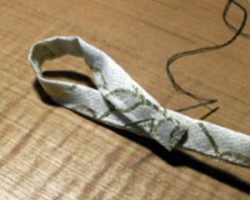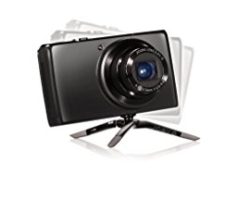Why Does An Art Group Need Display Boards.
Do you belong to an art group looking for inexpensive and usable exhibition venues?
Have you thought about making your own display boards to help ease your problems with hanging paintings or craft pieces?
Your own display board can really help to solve the problem of where, and how, a group can hold exhibitions. The greater the choice of venue, the more choice there is for dates and arranging things becomes so much easier. This in turn can lead to saving money, important but especially so for a small group of leisure painters.
The Knowle Art Group is just such a group, we had been running into difficulties deciding where to hold our exhibitions.
The usual local libraries, etc, were getting to be too expensive. The less expensive halls to hire usually meant that there was no where to hang our paintings. They did not cater for groups like ours, wanting to hold an art exhibition. It was possible to hire display boards but again the cost was prohibitive.
The solution was going to be do-it-yourself display boards which we could stand on available tables. The idea came to us after exhibiting in an old Manor House where of course we couldn’t knock anything into the walls and the combined cost renting the room and hiring display boards was too much for us. The original idea was to construct a framework out of rough wooden poles. It worked well in the ancient property but couldn’t be used in other locations. After some thought the idea behind the display boards was arrived at. here is how the boards were made.
The Basic Idea
For Our Display Boards
The display boards were to be used by standing them on tables, which are always available at any hall or room for hire. This meant that they did not have to be large ( heavy and expensive) and waste the bottom two thirds of the available area. the tables could be covered with paper banqueting roll to give a professional appearance. We have since made some white table cloths as one of our members is a seamstress and this gets over the problem of the paper ripping at the slightest provocation.
The idea was quite simple, a board with two hinged side panels would be used to increase the available area for hanging the paintings. In other words we got 50 % extra space compared to the length of the tables. This also had the benefit of giving us a stable configuration. The board was held in place by slotting into two wooden battens ( runners) which were provided with carefully placed slots. A final touch was to hold the rear of the board to the rear runner by using a single screw. This prevented the board from bowing out and again increased the stability.
The Display Boards Are Made From Three Simple Components
The Hinged Back And Two Battens
Here is a photo of the hinged back. The sides are half the width of the center portion so that when it is folded up they do not interfere with each other. Of course the board is stored and moved in the folded condition. The whole thing is painted white, which we felt was appropriate for an art exhibition.
This photo shows the two battens positioned roughly on the table, waiting for the board to be placed in the slots. The paintings around the wall are waiting to be hung. We always have a practice before the day we set up the exhibition so that we can arrange the paintings most efficiently and effectively. This photo was taken at one of these practice sessions which is why there is no tablecloth.
You can see the slots, in this detail photo. We did not have a jig for the ten boards that we made but simply placed the board on the battens and marked the position of the slots which was cut with a saw and widened with a file. The slots are cut about two thirds of the way into the batten to allow the small bolt at the rear to go through the board and through the batten.
The measurements of the boards were to suit , but I will be creating an outline sketch of the three components which will be added to the lens very shortly
A Few More Paintings Waiting Their Turn
This is the first step in arranging the paintings, we put out ten tables (one for each board) and roughly decide which paintings will go on which board. We tend to theme each board; water, mountains, figure, animals, boats,etc. Not really necessary but it gives a great show for the public.
Hanging The Paintings On The Boards
Another Little Secret, Sschhh!!
The way we hang paintnigs on the boards is quite simple. We use brass hooks over the top of the board which support brass chains. For larger paintings, a pair of hooks/chains makes a very stable combination.
Having roughly positioned the paintings on the tables, we can then carefully hang them on the display boards.
The paintings are of course numbered for the catalogue and this identification is used to position them easily on the morning of the actual exhibition opening. And voila, a very professional display at a very inexpensive rate. Once made the boards can be used year after year, with just a new coat of paint.
The Final Outcome
One of Our Exhibitions
Here you can see how the boards can be arranged, and how we also press into service our painting easels for the very large paintings or to get a few more paintings on show.
The Boards Used In A Different Configuration
We Found A New Venue This Year
A view of the hall from above…. showing the boards arranged to take advantage of the natural lighting in the new venue. They also ensure that the visitor has to walk back around the paintings to get a second to the exit which means they get a second look.





 This latest micro tripod from Joby is designed to stay on the camera at all times, when you fold it down it fits under the camera base.
This latest micro tripod from Joby is designed to stay on the camera at all times, when you fold it down it fits under the camera base.